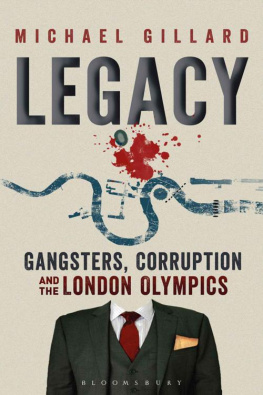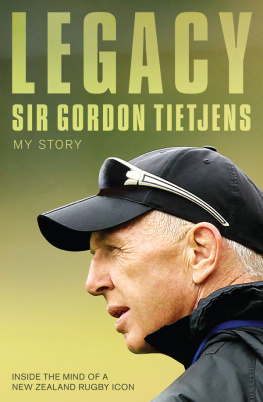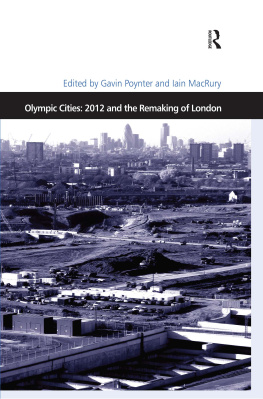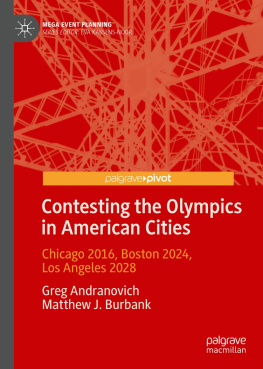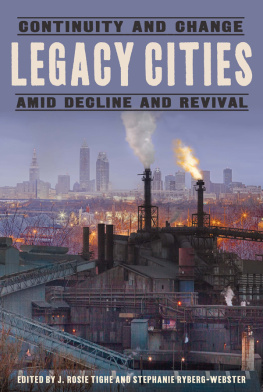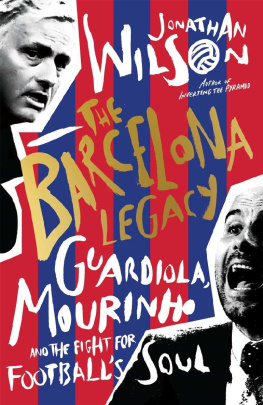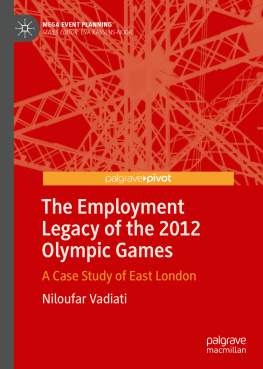Fig. 2.1 Olympic legacy is the result of a vision (Adapted from IOC 2017)
Fig. 2.2 Stakeholder groups focus
Fig. 2.3 Stakeholders value capture and value creation
Fig. 2.4 The four objectives of the IOCs legacy strategic approach (Adapted from IOC 2017)
Fig. 2.5 Dimensions shaping the management systems relating to the legacy of the Olympic Games
Fig. 2.6 Analytical tool for the evaluation of the Olympic Games legacy, developed by Professor Preuss (IOC 2017)
Fig. 2.7 Legacy measurement (Adapted from IOC 2017)
Fig. 3.1 Spanish medal ranking from 1988 in Seoul to 2016 in Rio
Fig. 3.2 Evolution of the number of medals, 19882016
Fig. 3.3 Evolution of the number of Spanish athletes participating in Olympic Games
Fig. 3.4 Percentage of medals related to the number of participant athletes
Fig. 3.5 Comparison between percentages of gold medals in relation to the number of participating athletes
Fig. 3.6 Evolution of the ADO budget, 20052017
Fig. 3.7 ADO subventions and % budget federation, 20082017
Fig. 3.8 Evolution dimension of the CAR, 19922018
Fig. 3.9 Number of sports and employees, 19922018
Fig. 3.10 CAR athletes international medals, 19922018
Fig. 3.11 Countries that hosted the most important sports events between 1970 and 2017
Fig. 3.12 Comparison between continents in terms of organising top events, 19702017
Fig. 3.13 Spaniards at international federations, 20092017
Fig. 3.14 Percentage distribution of IBE (Barcelona Institute of Sports) constructions, 19002006
Fig. 3.15 Comparison of municipal management between Spanish cities, 2015
Fig. 3.16 Sant Jordi and Olympic Stadium spectators, 19922015
Fig. 3.17 Venue comparison between Olympic cities
Fig. 3.18 Capacity comparison between cities and their average
Fig. 3.19 Ratio capacity sporting facilities/population comparison among hosting cities
Fig. 3.20 Solanellas and Camps (2017), from the survey results of sporting habits conducted by ISA-Gallup, 19681975 (Garca Ferrando and Llopis 2011; Ministerio de Educacin, Cultura y Deporte 2015)
Fig. 3.21 Evolution of the number of licences, based on INE/CSD data, 19442012
Fig. 4.1 Public participation vs private participation (Solanellas and Camps 2017, based on Preuss 2004a)
Fig. 4.2 Investment from public budget
Fig. 4.3 Commercial resources in Barcelona92
Fig. 4.4 COOB92 resources
Fig. 4.5 Revenues of organising Olympic Committees
Fig. 4.6 Resource distribution to main organisation
Fig. 4.7 Resources allocated to building work
Fig. 4.8 Spanish GDP evolution, 19842017
Fig. 4.9 Spanish GDP per capita evolution, 19842016
Fig. 4.10 Unemployment evolution in Barcelona, 19851993
Fig. 4.11 Evolution of COOB92 employees
Fig. 4.12 Consumption increase, 19851992 (Brunet 1994)
Fig. 4.13 Price of housing in Barcelona, 19851993
Fig. 4.14 Evolution of the number of tenders, 19851992
Fig. 4.15 Tourist and overnights evolution in Barcelona, 19902015
Fig. 4.16 Evolution of passengers at Barcelona airport, 19851990 (Brunet 1994)
Fig. 4.17 European tourist evolution, 19902015
Fig. 4.18 Tourist distribution in 2012 by months
Fig. 5.1 Categorisation of dimensions used to assess the social value of major sporting events
Fig. 5.2 Evolution of the number of registrations in Spain, 19442012 ( Source Compiled by the authors using INE/CSD data)
Fig. 5.3 Comparative evolution of Olympic and non-Olympic sports registrations in Spain, 19442012 ( Source Compiled by the authors using INE/CSD data)
Fig. 5.4 Evolution of doing sport in Spain according to sports habits surveys ( Source Compiled by the authors using results of ISA Gallup sports habits surveys, 19681975 [Garca Ferrando and Llopis 2011; Ministry of Education, Culture and Sport 2015])



